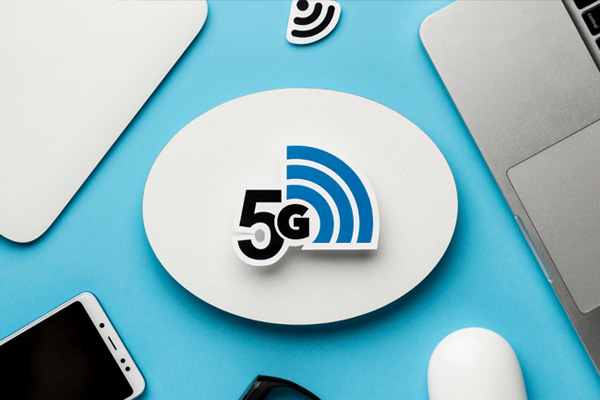 SFP+10 CWDM 80KM and SFP+10 DWDM 80KM
SFP+10 CWDM 80KM and SFP+10 DWDM 80KM
In the realm of optical fiber communication, SFP+ 10 CWDM 80KM and SFP+ 10 DWDM 80KM are two widely used optical modules, each serving distinct purposes based on their technical characteristics. Understanding the differences between them can help network engineers and IT professionals choose the right solution for their needs.
Wavelength Spacing
SFP+ 10 CWDM 80KM: CWDM (Coarse Wavelength Division Multiplexing) uses wider wavelength spacing, typically 20nm, covering a range of 1270nm to 1610nm. It generally supports fewer channels, making it suitable for medium-scale applications.
SFP+ 10 DWDM 80KM: In contrast, DWDM (Dense Wavelength Division Multiplexing) uses much narrower wavelength spacing—typically 0.8nm (100GHz) or 0.4nm (50GHz)—allowing for significantly more channels within the 1525nm to 1565nm range.
Channel Capacity
SFP+ 10 CWDM 80KM: Supports up to 18 wavelengths, following the ITU-T G.694.2 grid, making it ideal for moderate-capacity data transmission.
SFP+ 10 DWDM 80KM: Supports 80 or more wavelengths under the ITU-T G.694.1 grid, offering higher capacity and efficient use of fiber resources.
Spectral Efficiency
SFP+ 10 CWDM 80KM: Lower spectral efficiency due to its wider wavelength spacing, limiting the amount of data transmitted per unit wavelength.
SFP+ 10 DWDM 80KM: Higher spectral efficiency, as its narrower spacing allows more data to be transmitted within the same wavelength range.
Cost and Power Consumption
SFP+ 10 CWDM 80KM: Generally more cost-effective, with lower power consumption (~0.5W per wavelength) due to simpler components and no need for a cooler.
SFP+ 10 DWDM 80KM: Higher cost due to precision components, including cooled lasers, with higher power consumption (~4W per wavelength).
SFP+ 10 CWDM 80KM:
Metro and Access Networks: Ideal for connecting base stations or core network equipment over medium distances.
Enterprise Networks: Suitable for linking different buildings within a campus or providing high-speed connectivity between departments.
Fiber-to-the-Home (FTTH): Used for delivering high-speed internet access to residential users.
SFP+ 10 DWDM 80KM:
Long-Haul Networks: Perfect for backbone transmission between cities or regions.
Data Center Interconnection: Supports high-speed, high-capacity data transfer between data centers.
Ultra-High Capacity Networks: Essential for large-scale data centers and content delivery networks (CDNs).
Understanding the differences between SFP+ 10 CWDM 80KM and SFP+ 10 DWDM 80KM is crucial for selecting the right solution for your network. Whether you need cost-effective medium-range transmission or high-capacity long-distance connectivity, choosing the appropriate module can enhance network performance and efficiency.
Headquarter address :Room 1603, Coolpad Building B, North District of Science and Technology Park, Nanshan District, Shenzhen,China.518057